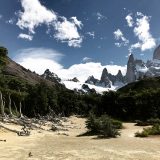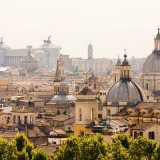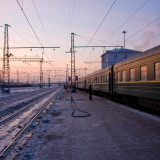The Italian Alps: A Mosaic of Landscapes
Picture the Alps. Perhaps you’re imagining a vast mountain chain stretching over 1,200 kilometres across eight alpine countries, including Switzerland, Germany, Liechtenstein, and Austria to the north, Italy and Monaco to the south, Slovenia to the east, and France to the west.
But this expansive range is not a single monolithic entity. It is a rich mosaic of unique landscapes with varied flora, fauna, climates, and cultures.
All it requires is a few short journeys across the valleys and peaks of this great mountain region to realize its incredible diversity. We take a closer look by honing in on five distinctive locations in the southwestern edges of the Alps in Italy.
Gesso Valley: Colle del Mercantour (2639m)
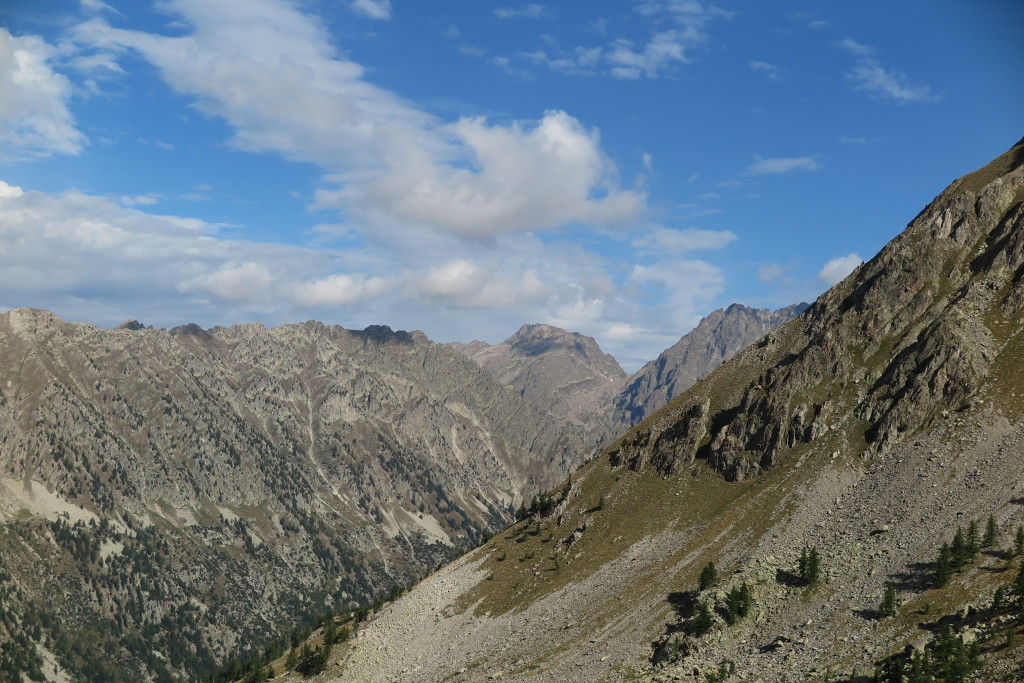
The Gesso Valley is rugged, wild, and sun-drenched due to its proximity to the Mediterranean sea. The region’s steep slopes are layered in rocks and boulders of all sizes, left behind in the Neolithic period by long gone glaciers. Credit: Victoria Boyd
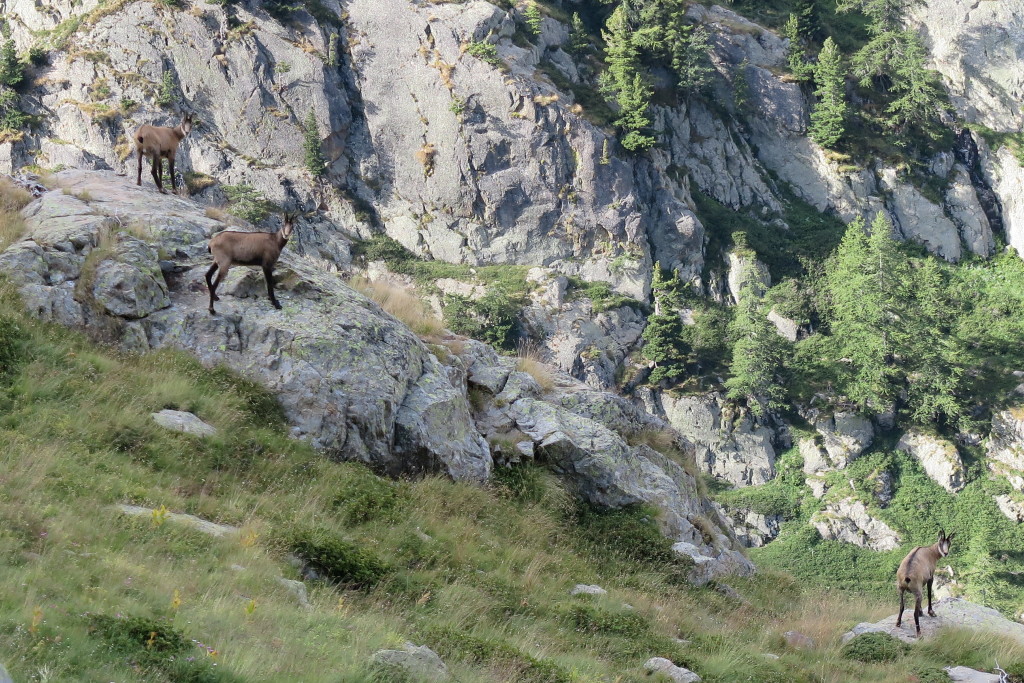
A diverse range of wildlife calls the valley home, including marmots, chamois, ibex, and the largest wolf population in the Alps. As an area almost untouched by human presence, the Gesso Valley is a window into the Alps as they were 100 years ago. Credit: Victoria Boyd
Aosta Valley: Becca d’Aver (2469m)
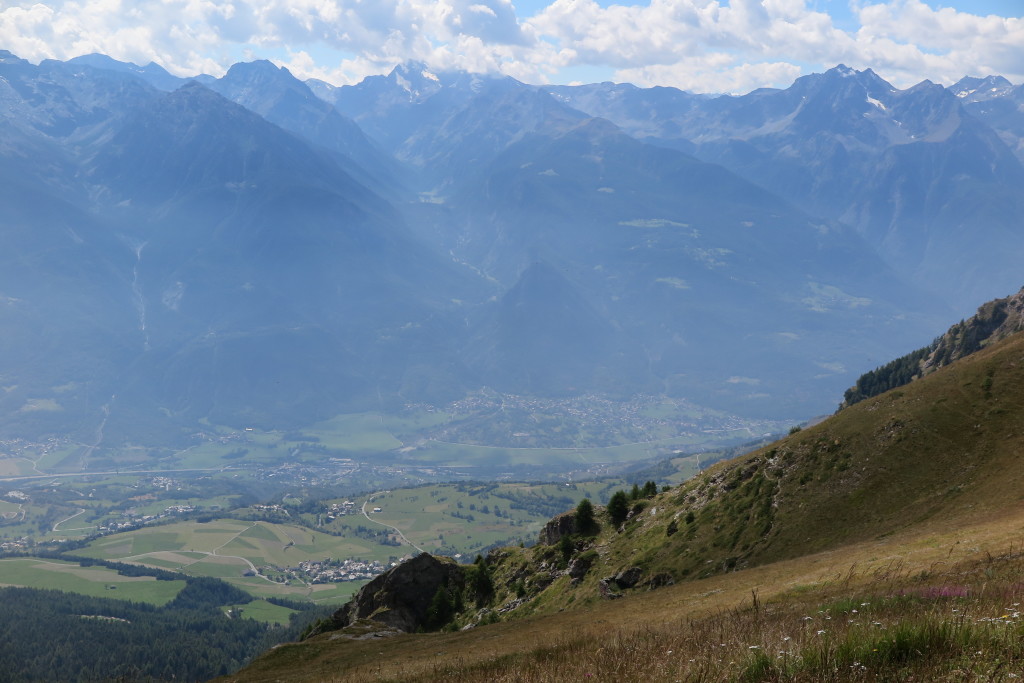
As a highly inhabited area and a renowned tourist destination, the slopes of the Aosta Valley are a patchwork of green pastures and well-groomed forests. The highest mountains in the Alps, including the Mont Blanc (4810m) and the Matterhorn (4478m), tower above this carefully manicured region. Credit: Victoria Boyd
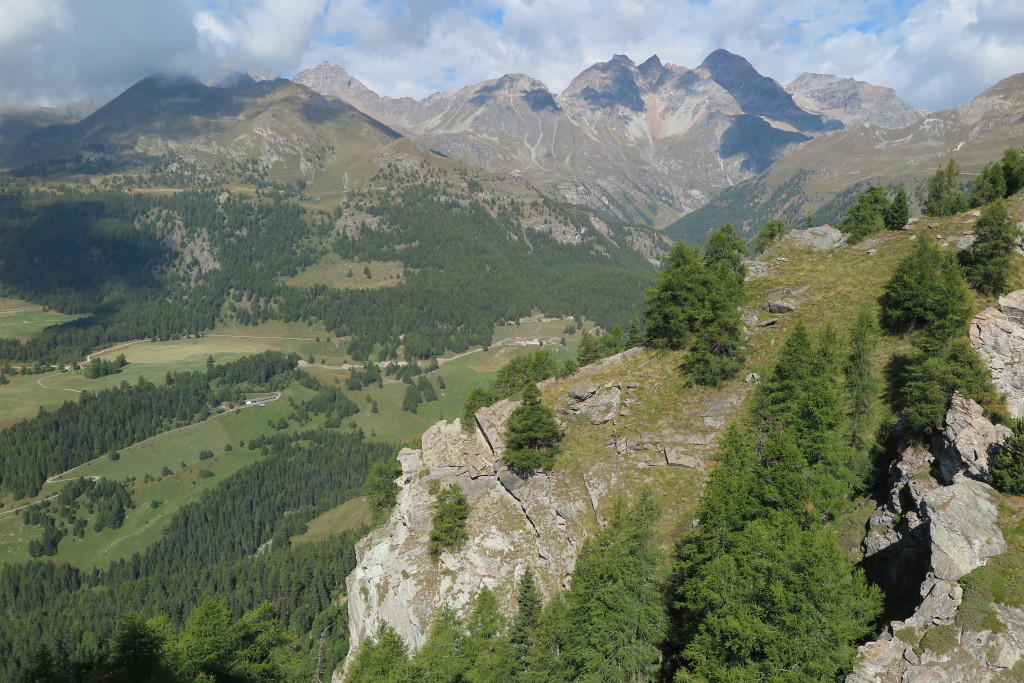
Due to its high elevation and northern latitude, the Aosta Valley experiences a much colder climate than other areas in the western Alps. As a result, the valley is characterized by extensive evergreen forests and white glaciers that stretch across the valleys like tumultuous rivers of ice. Credit: Victoria Boyd
Maira Valley: Rocca la Meja (2831m)
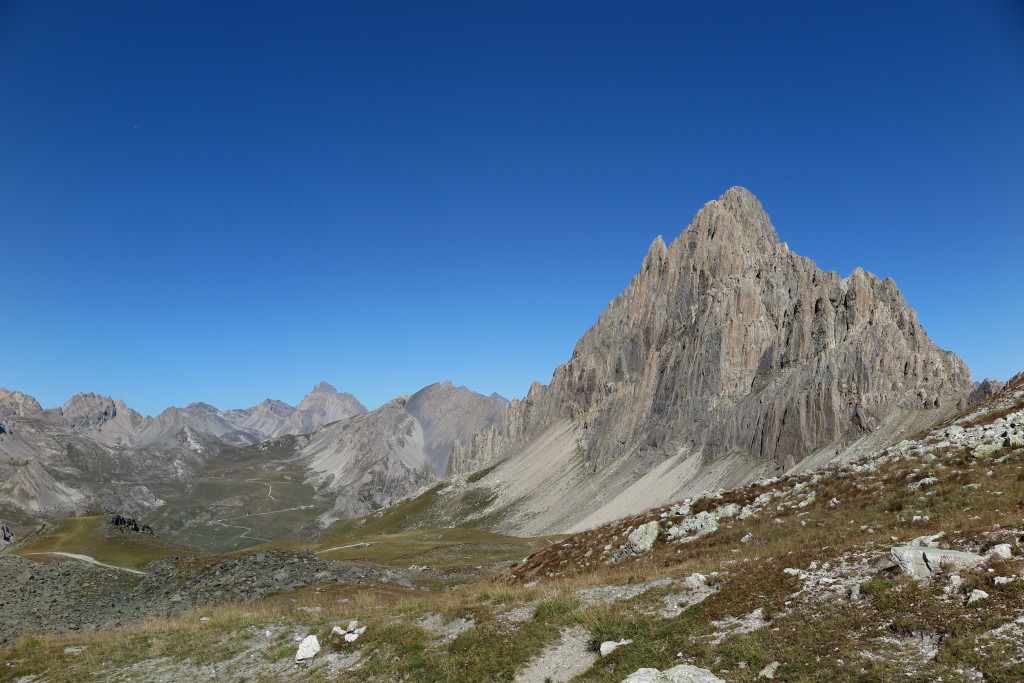
Reaching nearly 3,000 metres, much of the Maira Valley stands above the tree limit. The absence of forests leaves wide open spaces that are perfect for pastures. Enormous granite rock formations emerge suddenly and tower above the pastures like blades of broken glass. The characteristics of this unique rock, as well as a relatively dry climate, provide excellent conditions for rock climbing. Credit: Victoria Boyd
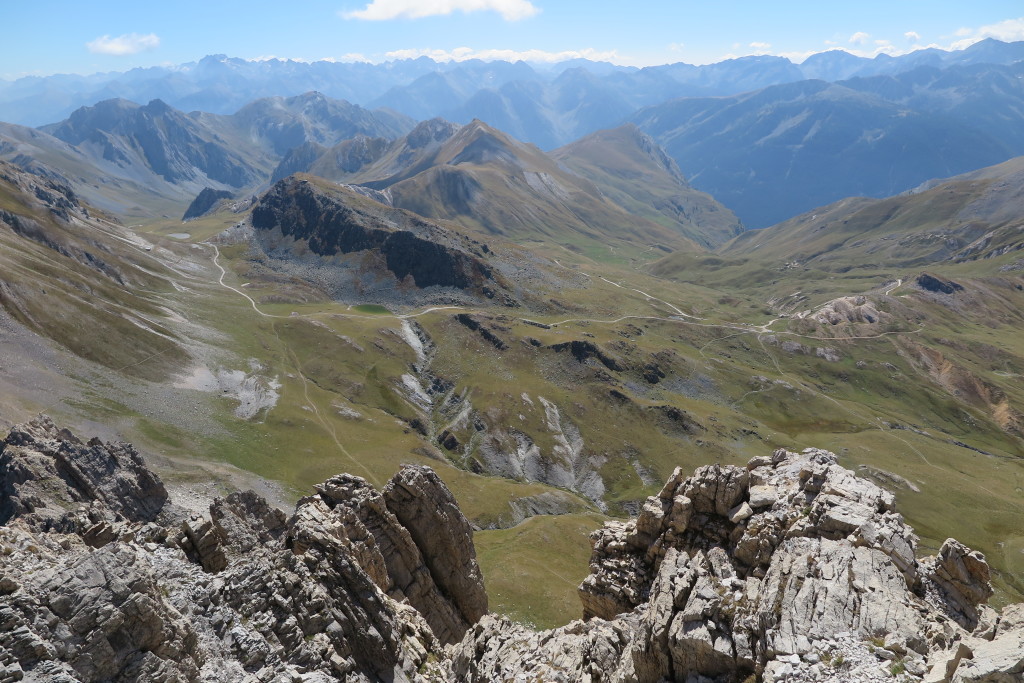
Due to the conformation of the Alps and the mountain’s prominence above its surrounding peaks, the Rocca la Meja summit provides a 360 degree view of the Alps and the Maira Valley below. On a clear day, one can view faraway mountains that stand entirely on French and Swiss soil. Credit: Victoria Boyd
Pesio Valley: Marguareis Natural Park (2651m)
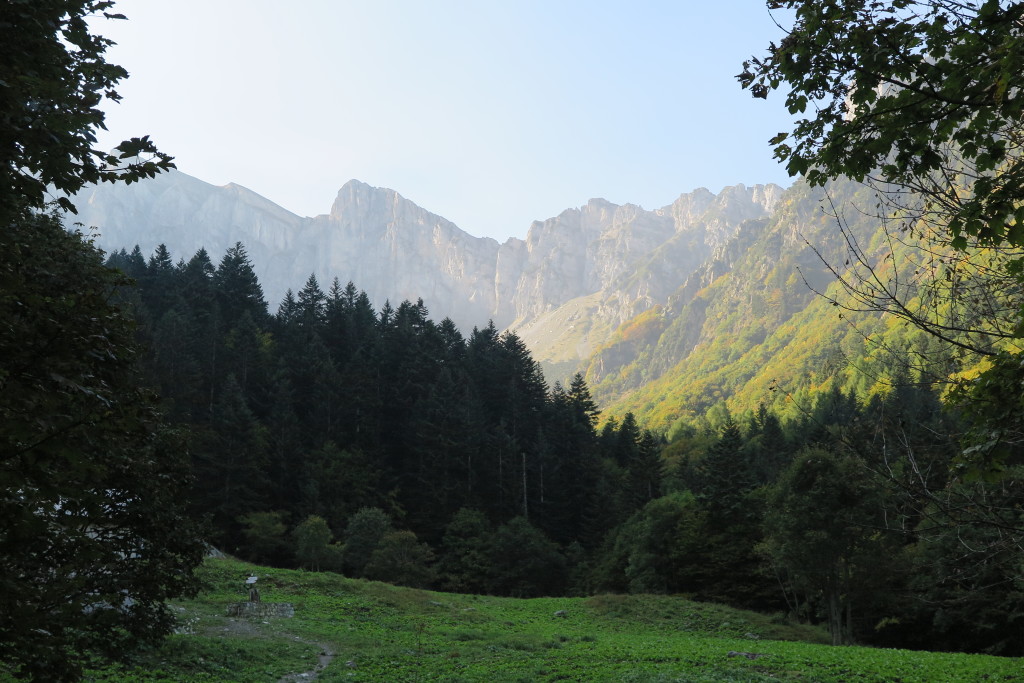
The valley’s northern exposure creates an interesting micro climate that resembles the northern Alps in Switzerland, Austria and Slovenia much more than its neighbouring mountains. The Pesio Valley experiences cool, rainy weather which creates the ideal conditions for the growth of the majestic white pine. Credit: Victoria Boyd
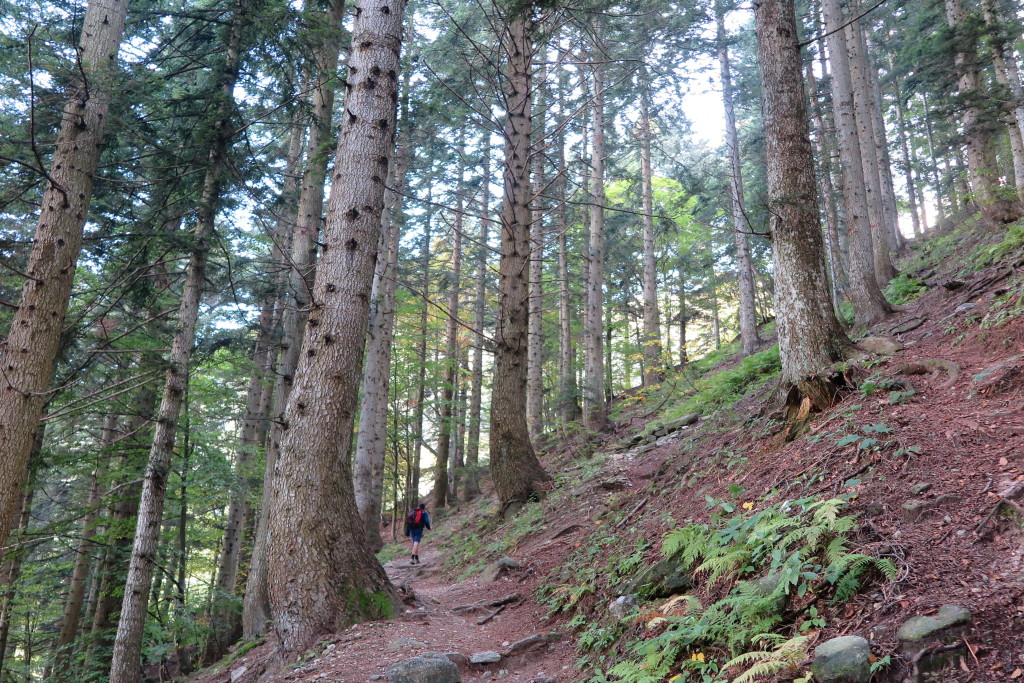
Vast white pine forests rise high above the slopes and seem to touch the sky. On a sunny day, golden light shines through the tall trees and dances across the earth in a way that evokes thoughts of fairy tale forests. Credit: Victoria Boyd
Troncea Valley: Troncea Natural Park (2000m)
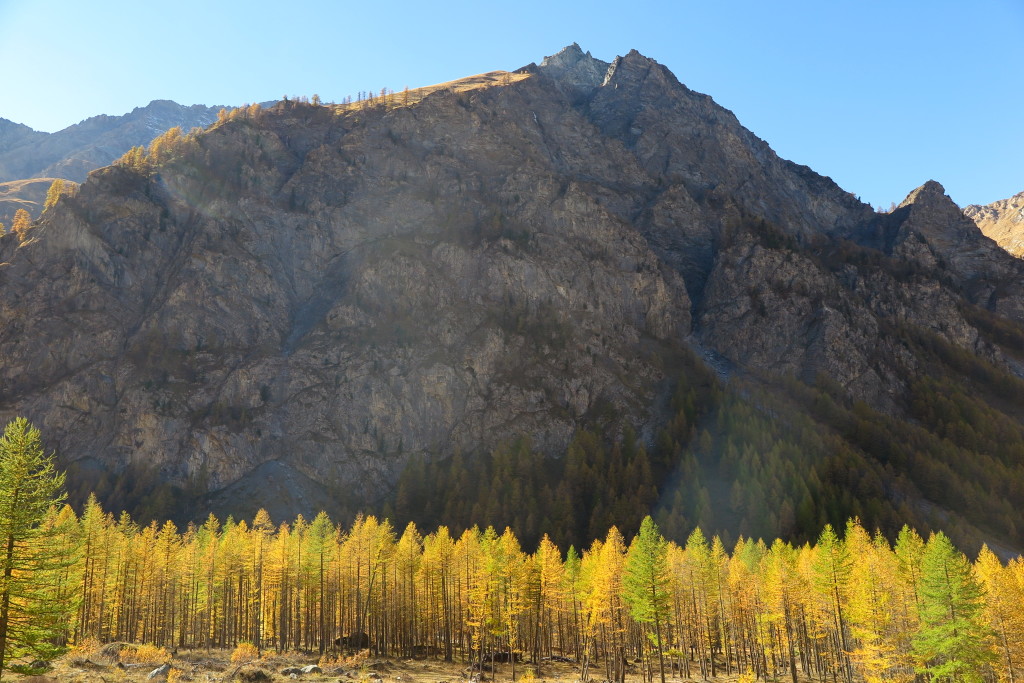
The Troncea Valley remains as one of the few wild corners in a highly developed downhill skiing destination. At a relatively low altitude, the valley is well forested and contains a unique mixture of six different types of pines including the Scots pine, Swiss pine, Silver fir, Larch, Norway spruce, and Mountain pine. Credit: Victoria Boyd

Mountain biking and cross country skiing along the long gravel path weaving through the valley are ideal activities for enjoying the peaceful solitude of the surrounding mountains. The only other sound one will hear rising above the valley’s sweet silence is the babbling waters on a long, winding brook. Credit: Victoria Boyd
Oh ma dzenta, ma verde Vallaye // My beautiful green valley — in traditional Aosta Valley dialect.
Latest posts by Victoria Boyd (see all)
- Norway Untouched: A Journey into the Fjords - January 23, 2018
- Three Days, Three Cities: Belgium’s Brussels, Ghent and Bruges - December 12, 2017
- 5 Tips for Taking Better Travel Photos - November 14, 2017











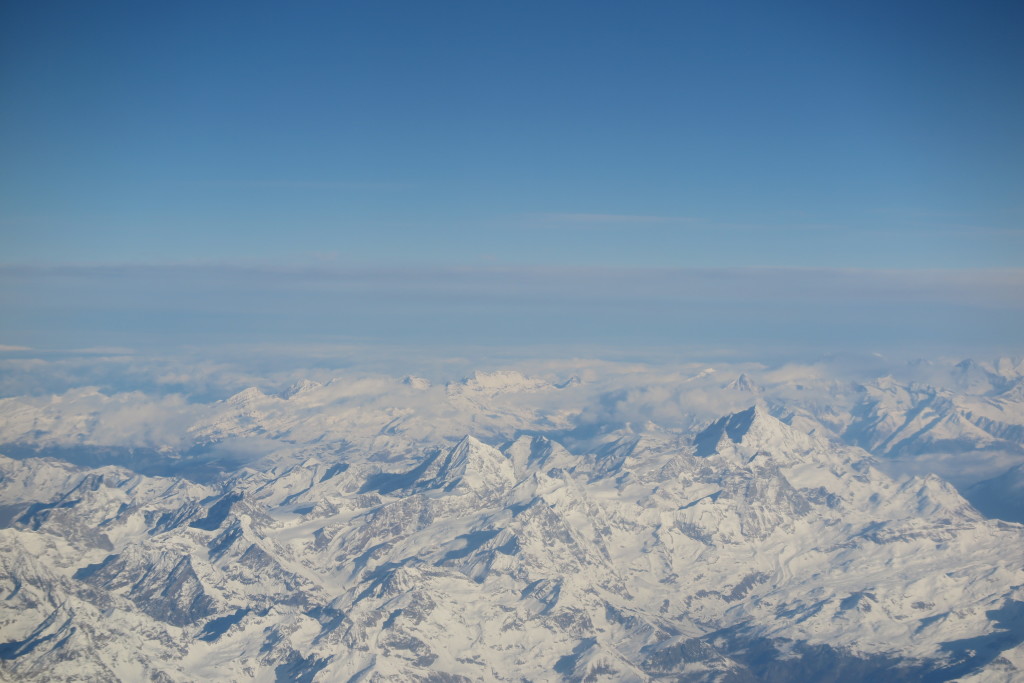





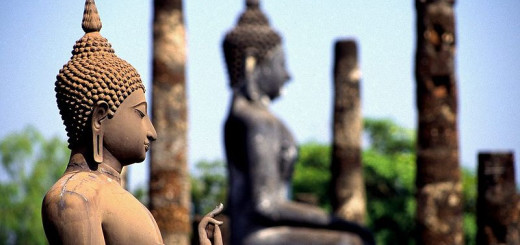

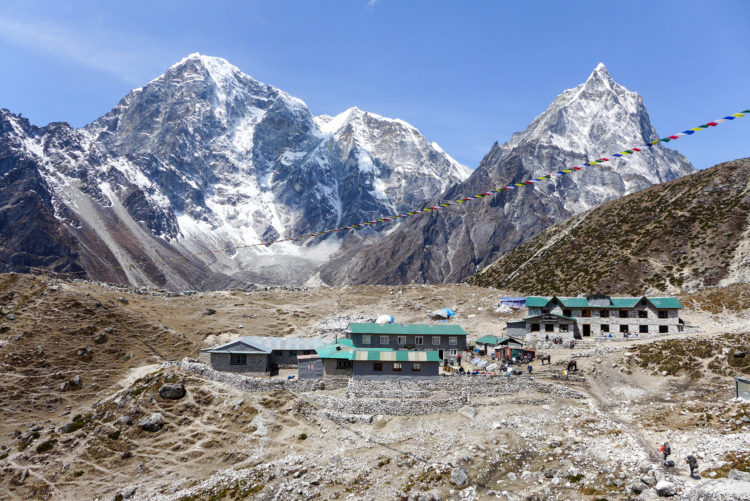 Almost all the tea houses in
Almost all the tea houses in 




